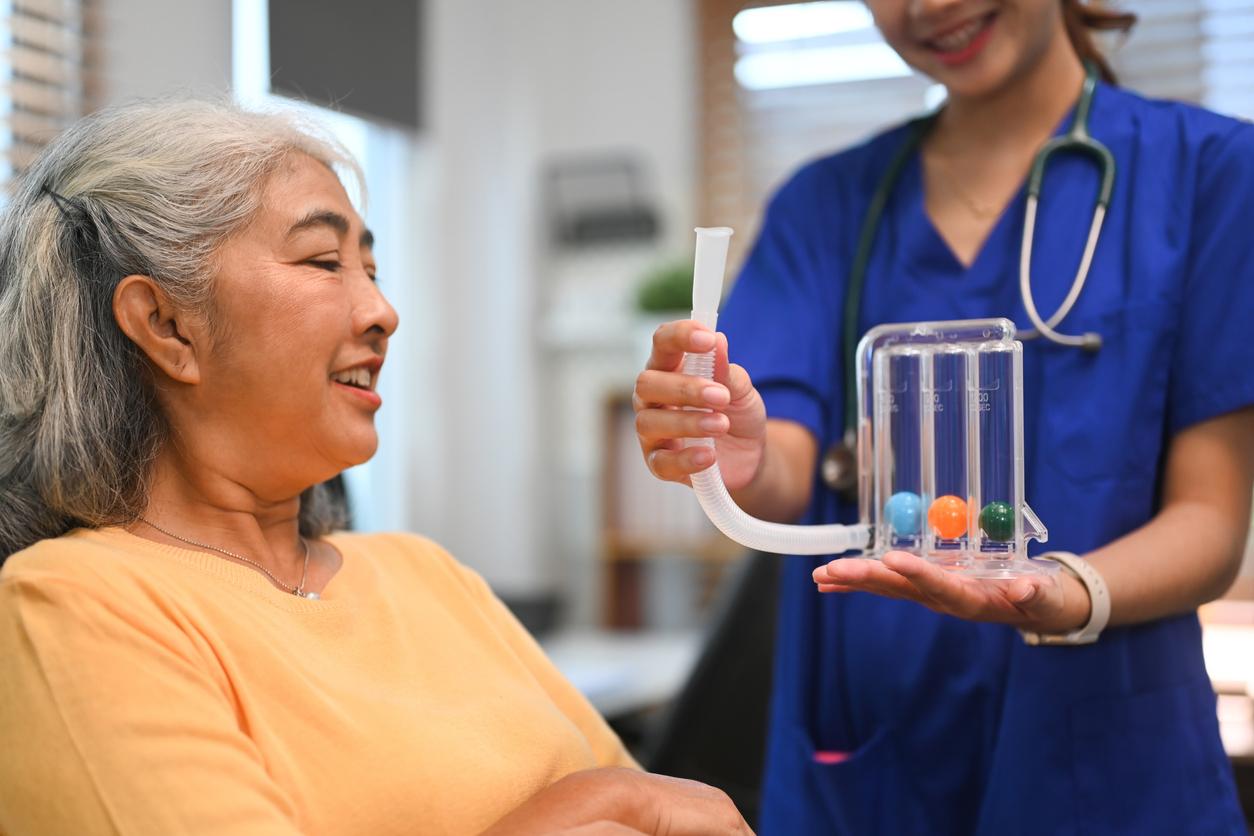Pulmonary rehabilitation (PR), including breath control exercises, can improve lung function in long COVID patients after only 4 to 8 weeks, according to a study in Therapeutic Advances in Respiratory Disease.
The study analyzed all randomized controlled trials (RCTs) of the effectiveness of PR in long COVID-19 patients published before April 2024. In addition to general outcomes such as improvements in fatigue and self-reported quality of life, the studies also used 6-minute walking tests (6MWT), lung function measured by forced expiratory volume in the first second (FEV1), and forced vital capacity (FVC) to assess lung health.
PR was initially developed to manage chronic obstructive pulmonary disease (COPD), but clinicians around the world have used it to help patients who experience persistent respiratory symptoms after COVID-19 infections, including shortness of breath and exercise intolerance.
Studies included hospitalized participants
In total, 37 studies with 33,63 patients were included in the meta-analysis. All participants were 18 year and older. PR was conducted in-person in 10 studies, via telemedicine in 25 studies, and combined in-person and telemedicine in 2 studies. Twenty-two studies featured patients who had been hospitalized for COVID-19.
In the studies, the control groups received either usual care, no treatment, an educational brochure explaining breathing exercises and self-management guidelines, or a sham device.
Breathing exercises were performed in 13 RCTs, multicomponent exercises were performed in 9 RCTs, and a combination of both exercises were performed in 15 RCTs.
Overall, every outcome except depression significantly improved in groups that received PR instead of controls. Notably, there were significant improvements in the 6MWT with less than 4 weeks of PR, but FEV1 was not improved until at least 4 weeks of PR.
Nineteen studies showed significant improvement in the quality of life for participants after 4 to 8 weeks of PR. When PR duration was greater than 8 weeks, rehabilitation led to further improvements in quality of life and fatigue, but no additional improvements in the 6MWT, FEV1, or FVC (L) were observed.
Our results indicate that PR is effective and safe in patients with long COVID-19. It is applicable to a broad population and may also be valuable for future pandemics.
“Our results indicate that PR is effective and safe in patients with long COVID-19. It is applicable to a broad population and may also be valuable for future pandemics,” the authors concluded. “Besides, in relation to the duration of PR, in addition to advocating for the prompt initiation of PR, it is crucial to highlight the significant benefits that a 4–8 week PR program can offer to COVID-19 patients, and prolonging the PR program beyond the initial 8 weeks may produce greater gains.”





















